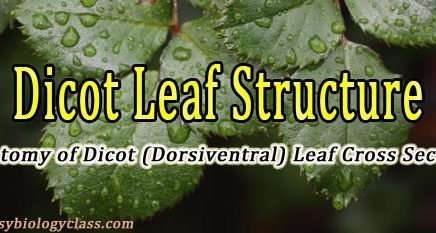
TS of Dicot Leaf (Dorsiventral Leaf) Structure with PPT
Leaves are structurally well adapted to perform the photosynthesis, transpiration and gaseous exchange. A leaf composed of: (1). Leaf blade: also called leaf lamina is […]

Leaves are structurally well adapted to perform the photosynthesis, transpiration and gaseous exchange. A leaf composed of: (1). Leaf blade: also called leaf lamina is […]
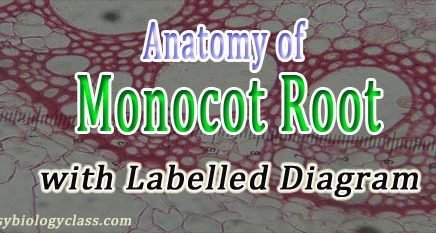
The anatomical features of a monocot root can be studied through a cross section (CS) through the root. The present post discesses the anatomy of […]

Different Types of DNA Conformations DNA, the genetic information carrier molecule of the cell, is a long polymer of nucleotides and can adopt different types […]
Stelar Evolution in Pteridophytes What is stele? What are the components of stele? Ø Stele is the central cylinder or core of vascular tissue in […]

Parasitic Adaptations What is meant by Adaptation? Adaptation definition: ‘Any feature of an organism or its part which enables it to exist under conditions of […]
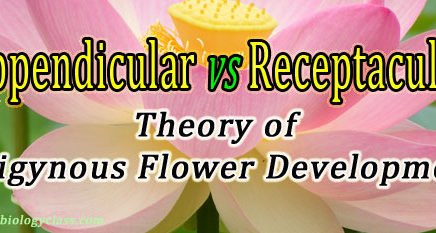
Based on the position of ovary there are three types of flowers- (1) Hypogynous, (2) Perigynous, and (3) Epigynous. (1). Hypogynous Flower: The most primitive […]
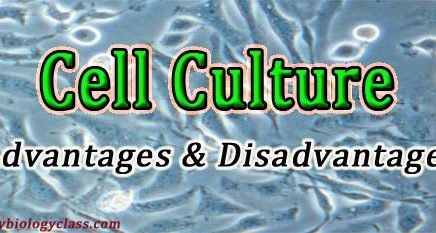
Advantages and Disadvantages of Cell Culture: Tissue culture is an aseptic in vitro culture of animal or plant cells in a precisely controlled environmental condition. […]
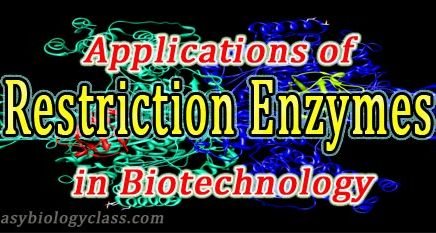
Restriction Endonucleases Restriction endonucleases (also called as molecular scissors) are a class of nuclease enzymes which cut the DNA strand at precise locations. They are […]
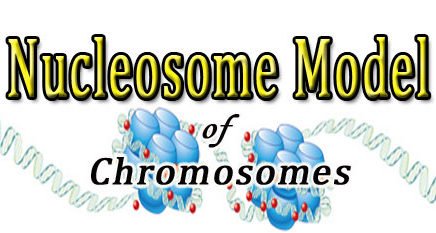
Does the DNA really need to FOLD inside the nucleus? A diploid human cell contains approximately 6.4 billion base pairs. These 6.4 billion base pairs are […]